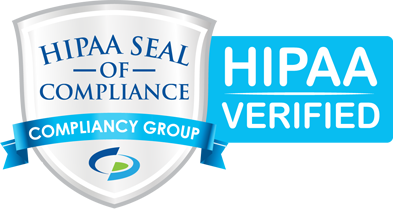Credentialing, Enrolling & Privileging
“After establishing your credentials with CVO, you can enroll in different payer plans. Only after these two initial steps organization or hospital can decide your privileges.”
Credentialing and re-credentialing continue going for you, to get paid for your services, whether you’ve just finished your residency program or are an established working physician. Insurance companies and healthcare facilities verify the education and medical skill competency of healthcare providers through the process of credentialing. After establishing your credentials with credentials verification companies (CVO) you can enroll in different payer plans. Only after these two initial steps organization or hospital can decide your privileges (scope of patient care services).
Why Credentialing

People prefer to opt only for those providers who are “in-network” of their insurance company to alleviate the burden of copay. You have to be vigilant to pick the most sought-after insurance company in your location and get yourself enrolled in their health plans to be on their panel. Signing the credentialing contract adds you to their list of preferred providers.
“If you are an out-of-network provider, your reimbursement claims have more chances to get denied or compensated at low rates, leaving you with no alternatives but to accept.”
If you are an out-of-network provider, your reimbursement claims have more chances to get denied or compensated at low rates, leaving you with no alternatives but to accept. In-network claims are also processed more quickly, ensuring a steady flow of income over expenses for your business.
What Happens
CAQH (Council for Affordable Quality Healthcare) is an NCQA-certified credential verification organization (CVO) that maintains credentialed physicians’ data in its Proview database. It saves time since you don’t have to submit the same details to each insurance carrier.
As verification is done through primary sources, it usually takes 3-4 months. Performance and practice are monitored through auditing and re-credentialing. Recredentialing is required every 2-3 years.
labyrinth of Telemedicine

“Credentialing by proxy is required for telemedicine with a written agreement between the distant-site entity and the originating site.”
The Covid-19 situation opened up the possibilities for either Telehealth or a hybrid practice model. Make sure that telehealth services are admissible by your credentialing contract to get paid for your services. Credentialing by proxy is required for telemedicine with a written agreement between the distant-site entity (where the provider is privileged) and the originating site (where the patient is located). Any ambiguity in the service address and facility address can lead to the rejection of claims.
Negotiation with skill

“Negotiation can be done to maximize revenue………backed up with the facts and details”
the facts and details”
The payment rate for each CPT code is determined in your contract with the payer. Negotiation can be done to maximize revenue in your practice taking into consideration the rates provided by others and the minimum rate (Medicare rates). Your proposal should be backed up with the facts and details such as the most often utilized CPT codes and their projected annual impact on your firm.
Your credentialing contract also specify deadlines for submitting claims, payments, appealing disallowed claims, and interest rates on late payments. Constant profile management is vital as insurance companies make changes to their pricing and policies without any notification.
Bottlenecks
Each state has its own set of credentialing rules and regulations. Some insurance firms, too, demand data in predefined formats. Managing several deadlines and follow-ups might tire you out because credentialing is a lengthy and very time-consuming process. To manage and track applications, specialized credentialing staff is required.
“Even minor gaps and delays in response can raise red flags and cause your application to get halted or nixed.”
If any discrepancy occurs additional documentation may be requested which can stretch up the process to 6 months or more. In the event of rejection, the participant is not eligible to reapply for one year following the date credentialing committee’s denial.
Resumes in credentialing should be complete and updated without any time gaps. Even minor gaps and delays in response can raise red flags and cause your application to get halted or nixed.
The enrollment process is typically difficult to grasp and varies with each payer. Because RCM firms interact with several payers in the market for a variety of customers at the same time, they are intimately familiar with the process and its need. All of this save’s time and effort while making the credentialing process go smoothly.
Heuristics
Let our experienced credentialing and enrollment specialists manage your applications and CAQH profile so you can better focus on what you do best – taking care of people’s lives. We provide you with better rates by negotiating current and new payer contracts to boost up your revenue. For information contact us at https://symed.net/







